Rumi Datta Hardasmalani in Mumbai
While everyone seems to be in a mood to write him off with headlines about his airline on the verge of collapse, Vijay Mallya may well be right on track in executing his plans to get back a leading position in the aviation space.
Mallya may already have a foreign airline partner by his side, perhaps a cash-rich one, something that he has already hinted at in the recent past.
All he has to do is clear the regulatory hurdles for the entry of his new airline partner in india.
This is what may help him survive the current crisis.
. . .
Is Kingfisher Airlines really in trouble?
Image: A bomb squad vehicle stands next to a Kingfisher flight at Chattrapati Shivaji airport in Mumbai.Photographs: Stringer/Reuters
Today, he is doing just that with ultimate precision.
Mallya is actually firing on all cylinders.
Grounding over 75 per cent of the airline's fleet, rolling-back almost all international operations, not paying his employee's salaries till sometime back and delaying outstanding payments are some of the pressure points he has managed to create for the government to clear the foreign direct investment policy on aviation.
The overall impact of all these moves on increased air fares is only adding fuel to the fire, further mounting pressure on the government to clear the policy, while it keeps consumers' interests in mind.
. . .
Is Kingfisher Airlines really in trouble?
Image: Passengers stand at a Kingfisher Airlines reservation office at the domestic airport in Kolkata.Photographs: Rupak De Chowdhuri/Reuters
Why is he doing this all by himself?
The answer is simple.
No other airline in India today is in real need of this new proposed FDI policy that will allow foreign airlines to pick up a stake in an Indian carrier.
Jet Airways seems well funded, with Naresh Goyal in no mood to raise fresh equity as he sits tight on a promoter holding of over 80 per cent in his airline.
Indigo is well on track with its IPO plans and a time-tested, profitable expansion plan.
Spicejet's largest shareholder, Kalanithi Maran is in no hurry to either cash-out or launch aggressive expansion plans given the airline is making money.
. . .
Is Kingfisher Airlines really in trouble?
Image: Kingfisher Airlines Chairman Vijay Mallya speaks with the media after his meeting with Director General of Civil Aviation E K Bharat Bhushan.Photographs: Parivartan Sharma/Reuters
Wadia-controlled GoAir has always been in a wait-and-watch mode, with little or no muscle power to impact regulatory norms, particularly given its size.
This leaves Kingfisher Airlines -- the only one that is not only bleeding but requires a massive revamp and fund infusion.
Having exhausted all fund raising options, roping in a foreign airline is Mallya's only way out.
For those who think that the cash-strapped Kingfisher Airlines will have no takers, consider this: KFA has a fleet comprising 12 owned aircraft, owns substantial prime slots on trunk routes like Mumbai-Delhi and had a market-share of around 29 per cent prior to shrinking its operations.
. . .
Is Kingfisher Airlines really in trouble?
Image: Stewardesses serve passengers inside a Kingfisher Airlines aircraft.Photographs: Kamal Kishore/Reuters
Kingfisher has tactfully given up unprofitable slots in smaller cities or excess ports, and is expected to find them vacant once it resumes full-fledged operations in its new avatar.
And now, by leveraging this crisis, it has not only managed to cut excess flab but has also cut down non-profitable route operations besides re-negotiating high-cost lease rentals while returning expensive wide body aircraft.
The timing too seems favourable, as Mallya's plan coincides with India's own slow growth story, high inflation and political scandals.
. . .
Is Kingfisher Airlines really in trouble?
Image: A lone Kingfisher Airlines customer waits in a check-in queue at Mumbai's domestic airport.Photographs: Vivek Prakash/Reuters
Also, his lying-low strategy augurs well with adverse conditions like rising fuel prices, a depreciating rupee and cut-throat competition due to excess capacity.
Keeping all this in mind, despite its outstanding debt of about Rs 7,000 crore (Rs 70 billion) and accumulated losses of Rs 6000 crore (Rs 60 billion), Kingfisher may attract an international airline keen to get a toehold in the indian aviation market.
For the foreign airline waiting in the wings to partner Mallya in India, it not only means a potentially big market share, but a clear first-mover advantage in a market that today flies around five million people a month and is projected to grow 7.5 times by 2020.
. . .
Is Kingfisher Airlines really in trouble?
Don't forget that Naresh Goyal had paid Rs 2,200 crore (Rs 22 billion) for AirSahara that was much smaller in size in terms of operations and market share and had almost no tangible assets.
It was a loss Goyal has managed to absorb as he is back in a leadership position.
Perhaps, this is the only way to take on rivals like Jet Airways and Indigo Airlines, head-on.
Just think about it.
Only days before the IPL season, Mallya successfully managed to placate his agitated airline employees by paying them their salaries.
. . .
Is Kingfisher Airlines really in trouble?
Within a span of one week, the Director General of Civil Aviation was satisfied with the airline's explanation on why its licence should not be cancelled, Mallya's leading bankers came out in the open to say that KFA can be revived, and tax authorities un-froze his account.
Now with the ground work already in place, Mallya is only waiting for the FDI policy announcement which the relevant ministries have already said is under active consideration.
. . .
Is Kingfisher Airlines really in trouble?
Image: A cyclist rides past a perimeter wall at Mumbai's domestic airport, behind which a decommissioned Kingfisher Airlines aircraft is parked.Photographs: Vivek Prakash/Reuters
Kingfisher Airlines' billionaire chairman continues to own one of the world's most expensive yachts, a luxury Kingfisher villa in goa, dozens of vintage cars worth millions, and a cricket as well as a Formula One team.
His $4-billion group comprising breweries, biotechnology and real estate businesses continue to remain technically unaffected.
So, if you thought mallya stopped dining with football and formula one stars, shooting with super models on exotic locations, think again.
All he has managed to do is use the media most effectively.
The author is a freelance aviation journalist

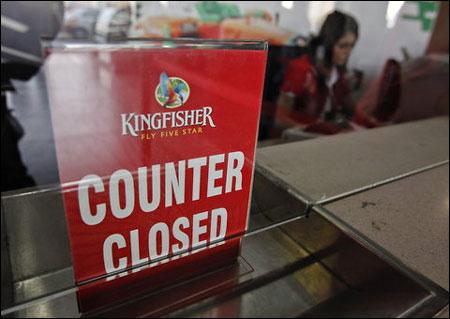
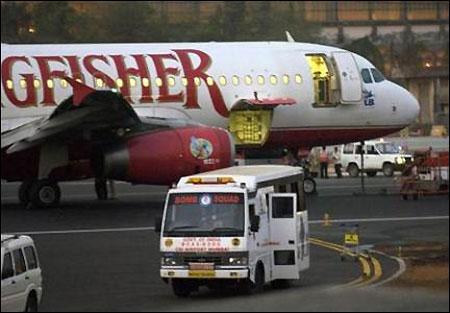
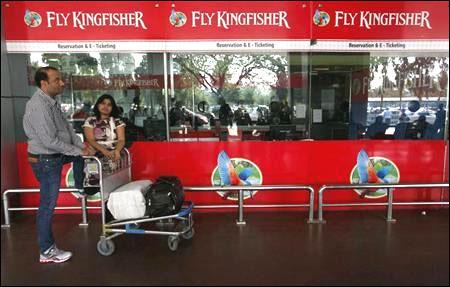
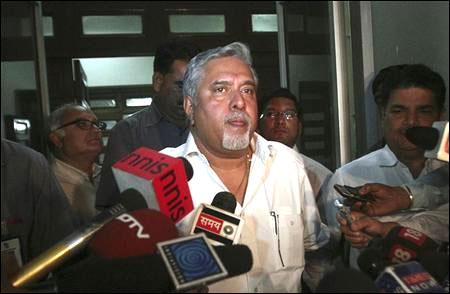
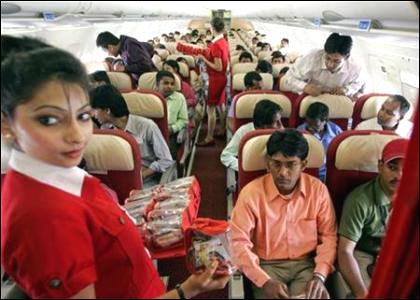
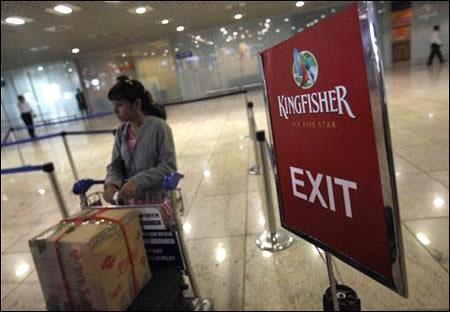
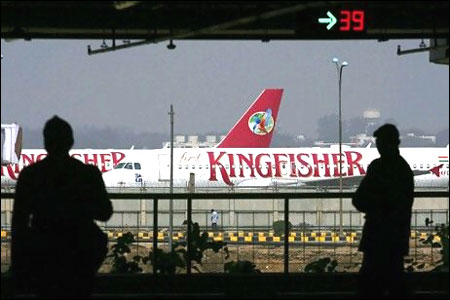
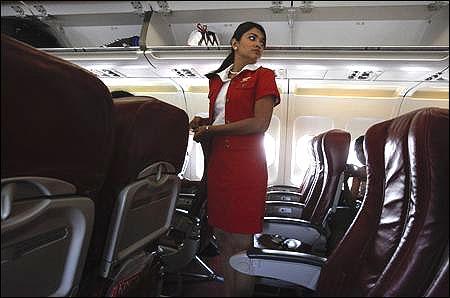
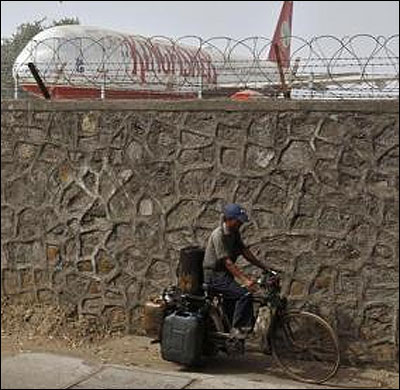

article